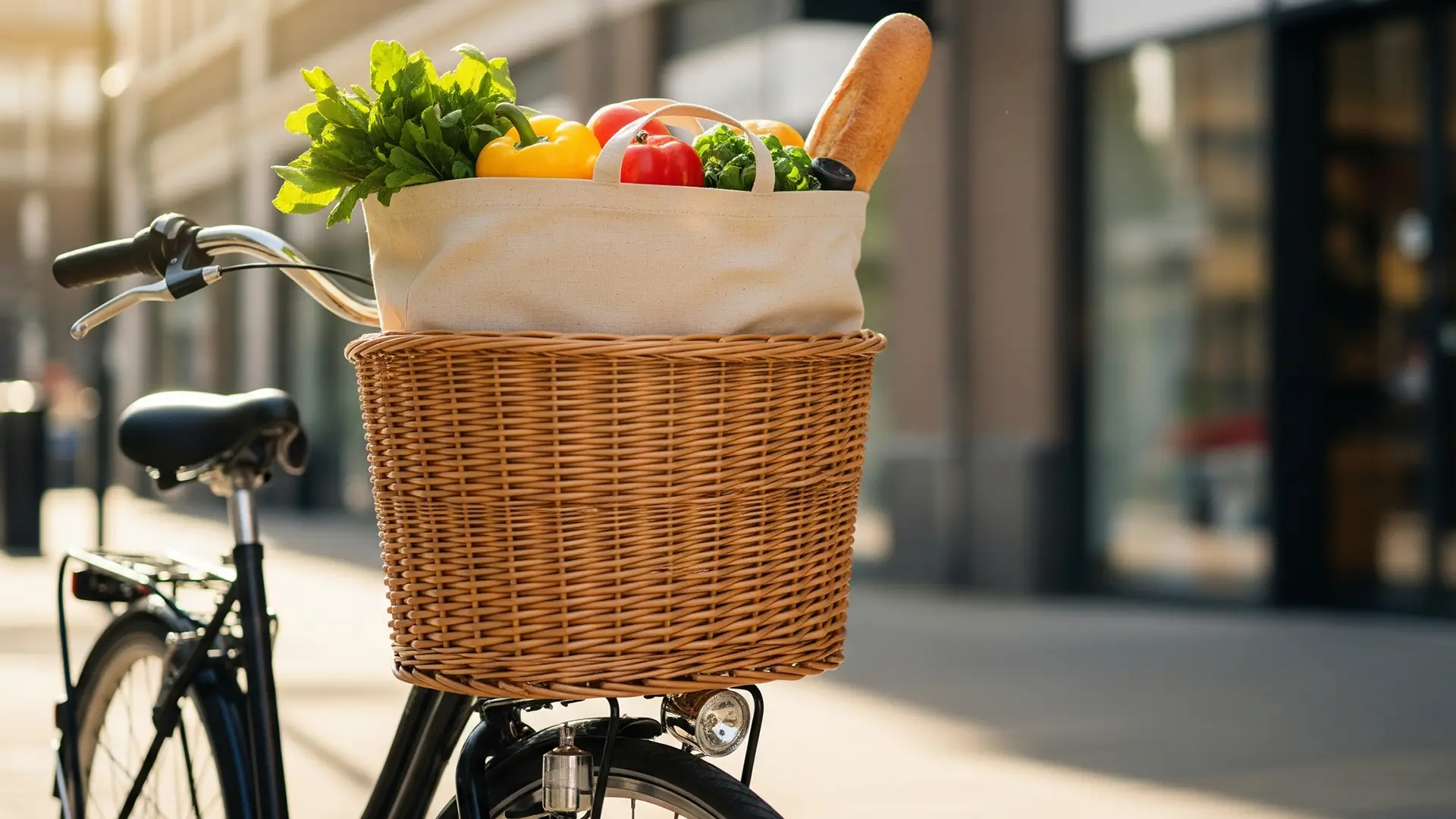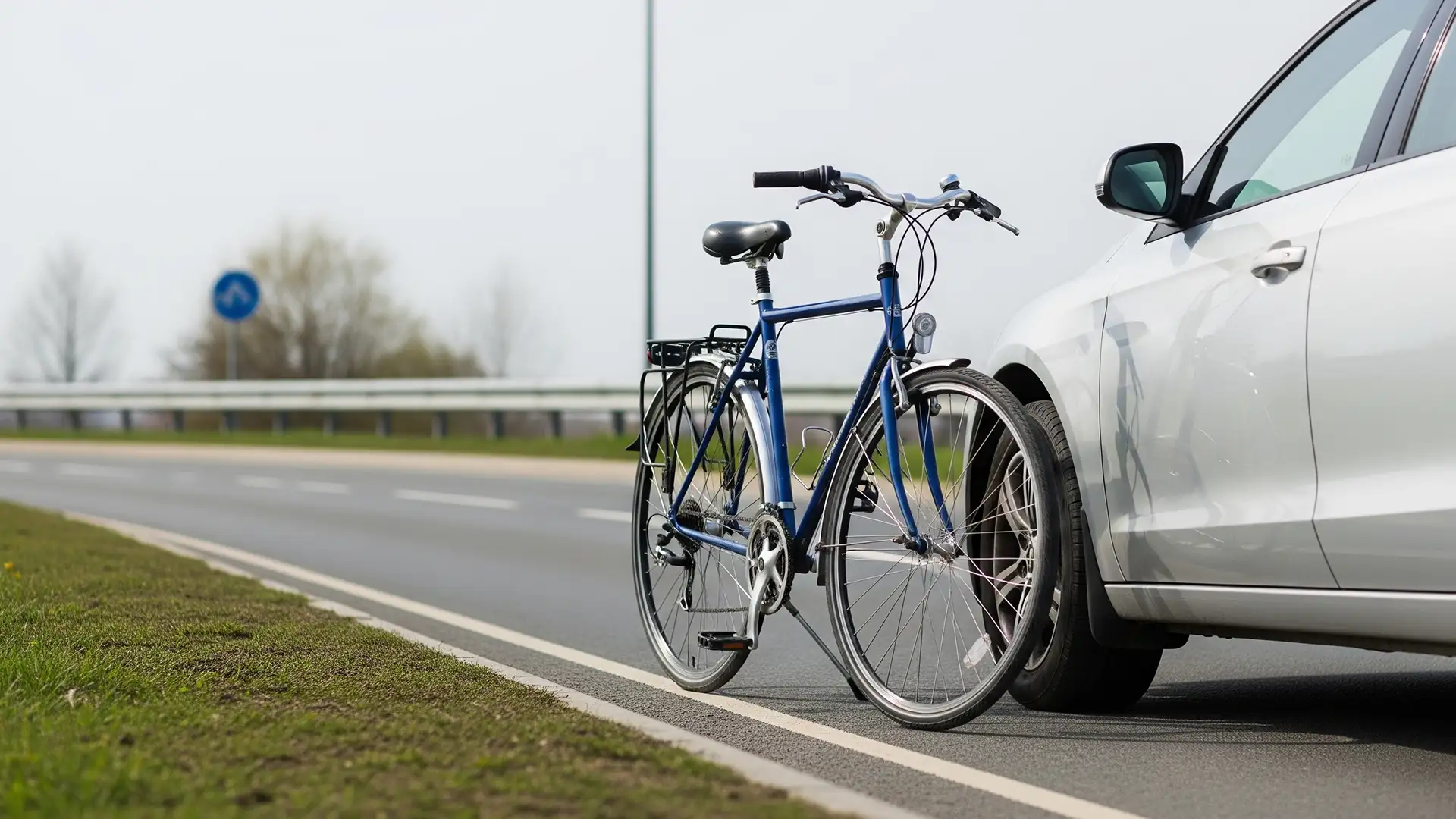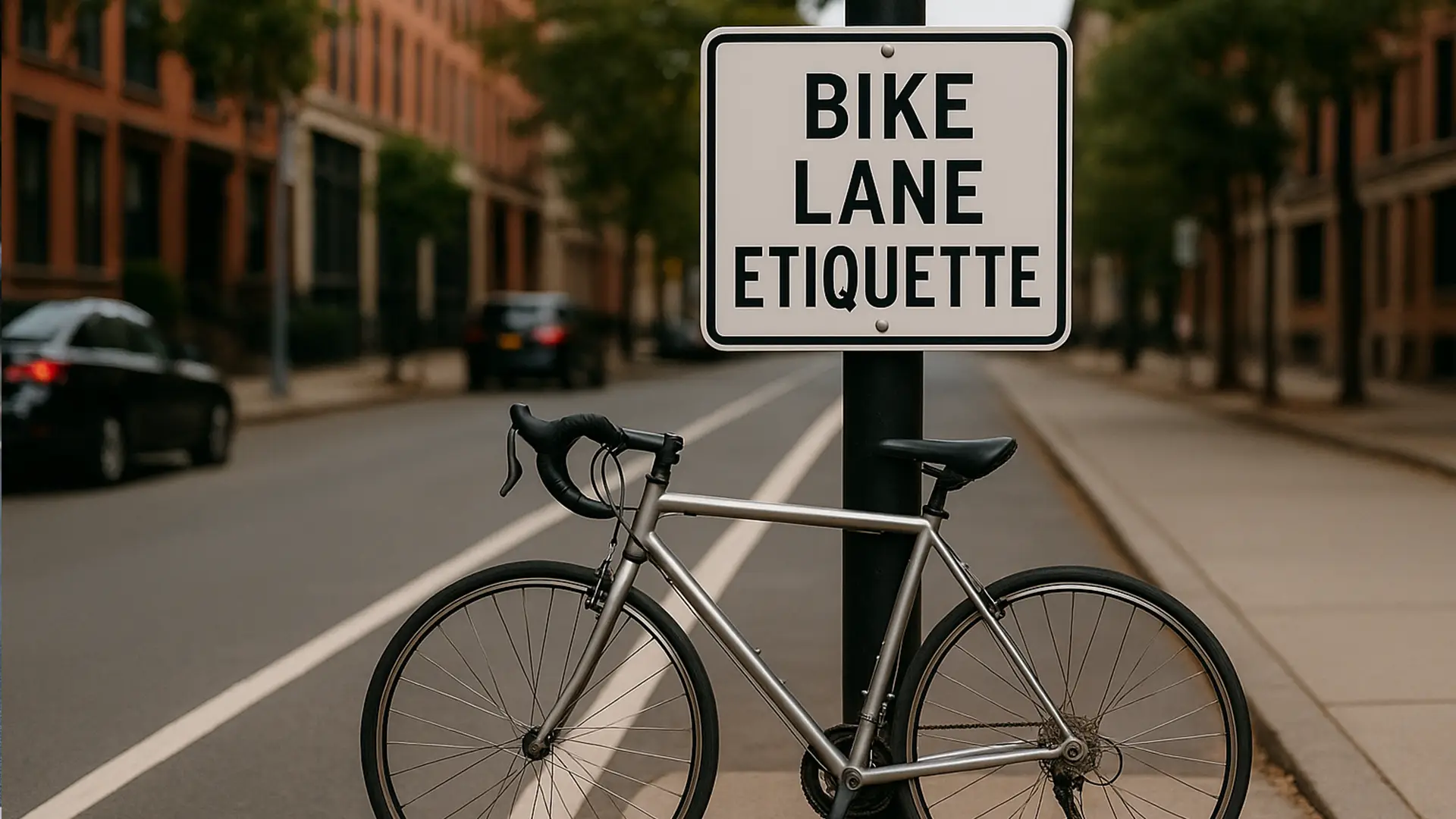Riding Tips
-

How To Grocery Shop By Bike – The Complete Guide
Read more: How To Grocery Shop By Bike – The Complete GuideI’ll never forget my first grocery run by bike. I was wobbling down the street with not two but four bags of groceries on the handlebar, hitting the spokes from each side as I pedaled my way home. 100 yards from home I hit a pot hole, and one bag comes crashing down. Go figure,…
-

Best Practices for Cycling in Heavy Traffic – 12 Must-Knows
Read more: Best Practices for Cycling in Heavy Traffic – 12 Must-KnowsHeavy traffic cycling isn’t for the faint of heart, but sometimes it’s the only way to get where you need to go. I’ve had my fair share of downtown rush hour in my years of biking, and yeah, it can be quite intense. But it’s also totally doable if you know what you’re doing and…
-

Bike Lane Etiquette – Rules Every Cyclist Should Know
Read more: Bike Lane Etiquette – Rules Every Cyclist Should KnowI’ve been riding city streets for a few decades now, and during that time I’ve learnt that bike lanes can be amazing or absolute chaos depending on who’s using them and what time it is. The difference usually comes down to whether people know the unwritten rules or are just winging it. I’ve seen too…
Subscribe
Sign up with your email address to receive our weekly news
Latest news
- Best Cheap Bike Repair Stand Under $100 – Mechanic Approved
- Beginner Mistakes to Avoid as a New Bike Commuter
- How to Find Safe Bike Routes Anywhere – A Complete Guide
- Bikepacking Documentaries Worth Watching (Top 5 + 3 YT Freebies)
- Bicycle Helmet – Safety Ratings & Fitting Guide
Categories
- Bikepacking (1)
- Buyers Guide (1)
- Commuting (3)
- Riding Tips (3)
- Safety (2)
- Tips & Guides (10)


